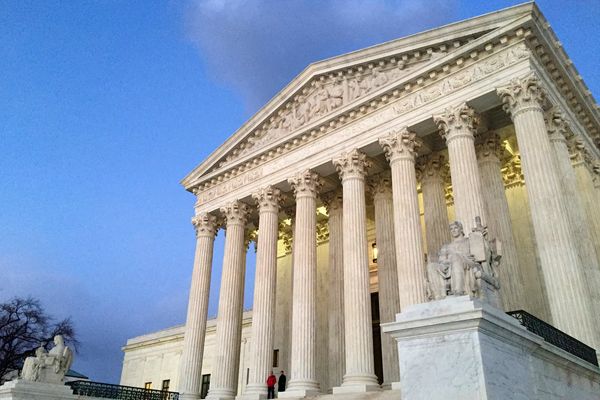More baby boomers are paying income tax than Gen-Z workers, in a significant shift since the pandemic.
Over 5.4 million Britons aged over 70 paid income tax in the 2022-23 financial year, while there were 5.23 million taxpayers aged under 30, according to the latest data from HM Revenue and Customs.
There were more taxpayers over the age of 75 than in any other age range, with 3.63 million people recorded as paying income tax for the demographic.
People aged over 70 paid £19.1bn in income tax, while £18.3bn was paid by people under the age of 30.
The latest figures are a reversal of pre-pandemic trends – 4.65 million people over 70 paid income tax in the 2019-20 financial year, compared to 4.8 million taxpayers under the age of 30.
Many baby boomers have had their tax bills rise since retirement due to the triple lock, which guarantees the state pension increases each year in line with average earnings, inflation or 2.5 per cent, depending on which is highest.
Meanwhile, youth unemployment figures have risen – there were more than 3.03 million young people between the ages of 16 and 24 who were “economically inactive” in October to December 2024, 28,000 more than in the previous year, according to the Office of National Statistics.
While the current rate of unemployment for all ages in the UK is 4.5 per cent, this rises for 16-24 year olds to 14.8 per cent, up from 11.9 per cent from the year before.
Bracket creep has also contributed to baby boomers paying more in income tax than those in their twenties. The thresholds at which people start paying income tax have been frozen since 2021, as opposed to going up in line with inflation.
This freeze is set to last until 2029, while the amount of income tax being paid across age groups is only set to increase.
The HMRC data also revealed that the number of taxpayers paying the top rate (45 per cent) rose by 10 per cent to 600,000 in the tax year, while the number of higher-rate taxpayers, who pay 40 per cent, increased from 680,000 to 5.1 million.
While roughly 80 per cent of the workforce pay the 20 per cent basic rate of income tax, they account for approximately a third of total tax revenues – £75.6 billion.
Meanwhile, the five million taxpayers on the higher rate account for another third of tax revenues – £85.1 billion – and those paying the top rate account for a further third – £83.4 billion – despite accounting for two per cent of the workforce.
The number of top-rate taxpayers is set to rise even more after former chancellor Jeremy Hunt lowered the threshold at which people start paying 45 per cent income tax from £150,000 to £125,140 in 2022.
The Office for Budget Responsibility (OBR) previously calculated there will be 3.7 million more taxpayers overall by 2028-29.







